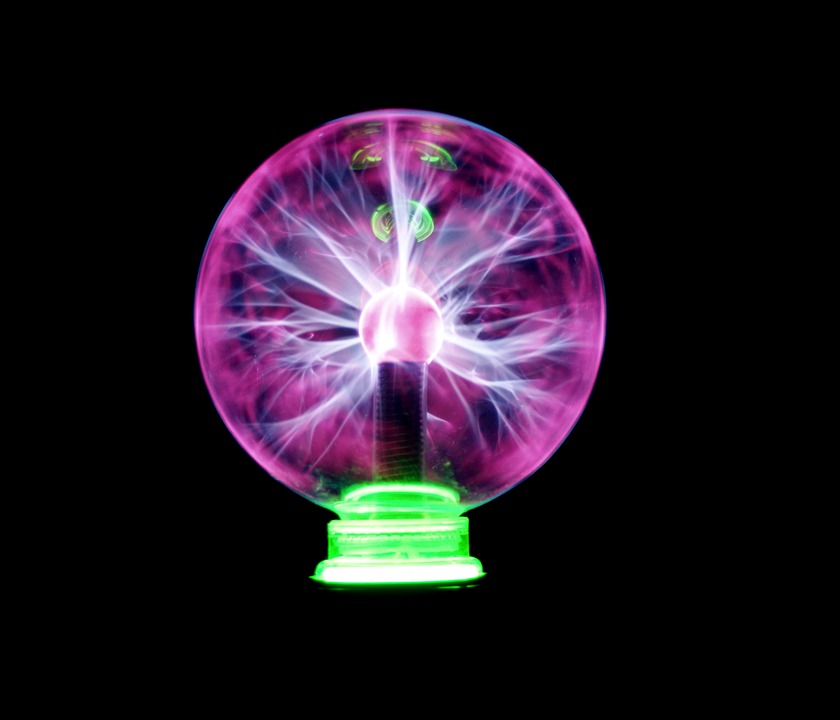The Science Behind the Colorful Patterns: Exploring Droplet Diffraction
Imagine a tiny water droplet suspended in mid-air, refracting light in a mesmerizing display of color. This phenomenon is known as droplet diffraction, and it’s a fascinating example of how light interacts with matter on a microscopic scale. In this article, we’ll delve into the science behind the colorful patterns we see in tiny water droplets, and explore the wonders of this incredible phenomenon.
What is Droplet Diffraction?
Droplet diffraction is the process by which light is diffracted, or bent, as it passes through a tiny water droplet. The droplet acts as a miniature prism, breaking down white light into its individual colors. This occurs because the droplet is only a few micrometers in size, allowing the light to interact with its boundaries in a unique way.
The Science Behind the Patterns
When light hits a water droplet, it encounters two main boundaries: the surface tension of the droplet and the surrounding air. The surface tension causes the light to bend, or refract, as it passes from one medium to the other. This bending occurs due to the difference in density between the air and the water.
As the light continues to pass through the droplet, it interacts with the boundaries in a way that depends on the wavelength of the light. This is known as diffraction, where the light is bent around the edges of the droplet. The shorter wavelengths, such as violet and blue, are bent more than the longer wavelengths, such as red and orange.
Visualizing the Patterns
One of the most striking aspects of droplet diffraction is the colorful patterns that emerge as the light is refracted and diffracted. These patterns can take the form of rings, arcs, or even swirly designs, depending on the size and shape of the droplet.
For example, when a droplet of water is suspended in air, the shorter wavelengths of light (violet and blue) are bent more than the longer wavelengths (red and orange). This creates a ring-like pattern, with the shortest wavelengths appearing on the outside and the longest wavelengths appearing on the inside.
Practical Applications
Droplet diffraction has several practical applications, particularly in the fields of optics and materials science. For instance, researchers use droplet diffraction to study the properties of nanostructures and to develop new materials with unique optical properties.
Fun Facts and FAQs
FAQs:
Q: Can droplet diffraction occur with other liquids, like oil or honey?
A: While droplet diffraction can occur with other liquids, the results are not as striking as with water, as water has a higher refractive index and surface tension.
Q: Are droplet diffractions exclusive to tiny droplets?
A: While larger droplets can exhibit diffraction, the effects are typically less pronounced and less striking.
Q: Can I create my own droplet diffraction experiments?
A: Yes! You can create your own droplet diffraction experiments using a homemade fog machine, a droplet of water, and a light source.
Q: Are there any potential applications for droplet diffraction in medicine?
A: Researchers are exploring the potential of droplet diffraction for biomedical applications, such as developing new imaging technologies for medical diagnosis.
Image:
To visualize the colorful patterns of droplet diffraction, imagine a tiny water droplet suspended in mid-air, refracting light in a mesmerizing display of color. The droplet is surrounded by a halo of light, with the shorter wavelengths appearing on the outside and the longer wavelengths appearing on the inside. The colors blend seamlessly, creating a stunning display of iridescent beauty.
Conclusion:
Droplet diffraction is a fascinating phenomenon that showcases the intricate dance between light, matter, and surface tension. By understanding the science behind this colorful display, we can appreciate the beauty and complexity of the natural world.



